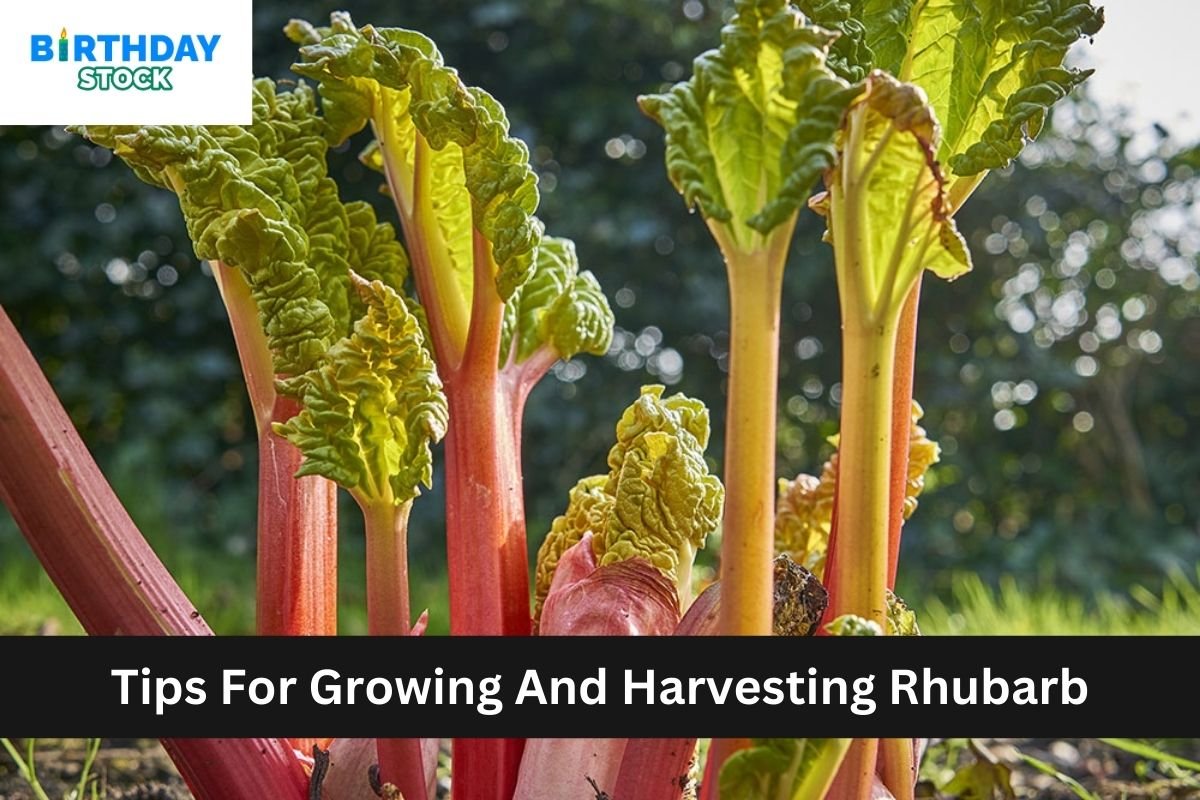How To Divide Hostas In The Spring – Create New Plants For Free! :- It is possible to divide hostas in the spring, which is a straightforward method that not only revitalizes the plants but also provides you with new specimens that you can use to beautify your garden or that you can share with other people who are enthusiastic about gardening.
How To Divide Hostas In The Spring – Create New Plants For Free!
Hostas are cherished perennials that are well-known for their abundant foliage and their capacity to flourish in shady garden locations. They are highly prized for these qualities. In addition to the fact that they have the potential to make your garden appear more appealing, they also provide the possibility of propagation, which enables you to expand the size of your hosta collection without incurring any further expenses.
Also Read :- How to Grow and Care for Monstera Lechleriana, a Rare Yet Excellent Houseplant
Timing: The best time to divide hostas is during the spring, often between the beginning and the middle of the spring, when new growth begins to sprout. Aim to divide them before the leaves have completely unfurled, as this will ensure that the plants are subjected to the least amount of stress possible and will stimulate rapid establishment.
When it comes to preparation, you should make sure that you have all of the necessary instruments, including a sharp spade or garden fork, a trowel, gloves, and a pail of water. To reduce the amount of stress that the plants are under, it is best to work during the cooler portions of the day or on a gloomy day.
When choosing hostas, it is important to look for mature hostas that have been continuously growing for a minimum of three to five years. It is more likely that these plants have produced thick clusters, which makes them excellent candidates for division given their characteristics.
The first step in digging is to dig around the perimeter of the hosta clump, approximately six to eight inches away from the base of the plant. The clump can be removed from the ground by using the garden fork or spade to carefully loosen the dirt and then pry it out. Watch out that you don’t cause any harm to the roots when you’re doing this.
After the clump has been removed from the soil, it should be examined to determine whether it has any natural divisions or separate portions that have healthy roots and a number of shoots, sometimes known as “eyes.” By dividing the clump into smaller portions using the sharp spade or a clean knife, you should make sure that each section has sufficient roots and foliage to support the growth of the plant.
The process of replanting involves digging separate planting holes for each hosta division in a garden bed or container that has been prepared and is filled with soil that drains effectively. The divisions should be planted at the same depth as they were growing at the time they were placed, and they should be spaced according to their mature size, which is normally between 12 and 24 inches.
When caring for newly divided hostas, it is important to provide them with sufficient water so that they can grow roots in their new place. Spread mulch around the plants to prevent weeds from growing and to help preserve moisture. Adjust the amount of watering as necessary and keep an eye out for any symptoms of stress, such as the leaves becoming yellow or drooping.
To ensure that your hostas continue to develop in a healthy manner during the growing season, it is important to continue to water, mulch, and fertilize them as required. Eliminate any foliage that is damaged or dead in order to preserve the appearance of the plant and to prevent the spread of disease.
Maintaining patience is essential since, despite the fact that hostas are hardy plants, it may take some time for divided specimens to properly establish themselves and achieve their maximum size. If you want to stimulate robust growth, you need to be patient and provide constant care.
Sharing the Wealth: Once your hostas have established themselves, you might want to think about sharing divisions with other gardeners, friends, or family members. Not only does this ensure that your hostas will have a place in other gardens for many years to come, but it also helps to promote the joy that comes with gardening through the spread of the hobby.
Conclusion:
It is a gratifying task to divide hostas in the spring since it enables you to significantly increase the size of your plant collection while also revitalizing specimens that are already there. It is possible to effectively divide hostas and develop new plants that will enhance the landscape of your garden for many years to come if you take the appropriate steps, including scheduling, preparation, and maintenance.















